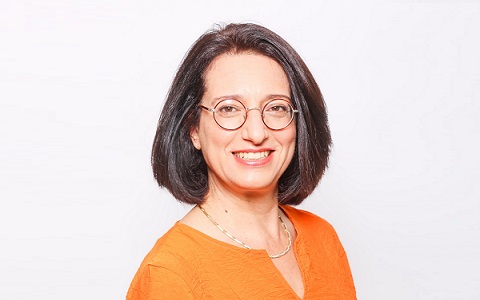Healthcare with Confidence
Ductal Carcinoma In Situ (DCIS)
Ductal carcinoma in situ (DCIS), also known as intraductal carcinoma, is one of the most common types of early breast cancer. It begins in the glandular cells lining the milk ducts of the breast and is considered non-invasive—meaning it has not spread beyond the ducts into surrounding breast tissue.
Although not life-threatening at this stage, DCIS is a precancerous condition that can develop into invasive breast cancer if left untreated. With early detection and proper treatment, DCIS has an excellent prognosis.
What Is Non-Invasive Ductal Carcinoma?
Non-invasive ductal carcinoma is classified as Stage 0 breast cancer. At this stage, the cancer cells are confined to the milk ducts and have not invaded nearby tissue, lymph nodes, or distant organs.
While DCIS is highly treatable, it requires timely medical attention to prevent progression to an invasive or infiltrative form of cancer, which is more aggressive and harder to treat.
How Is DCIS Diagnosed?
DCIS is typically asymptomatic and does not cause a lump that can be felt on physical examination. Most cases are detected during routine mammograms.
Diagnostic Tools:
- Digital Mammography: Often shows microcalcifications—tiny calcium deposits—that can be a sign of DCIS.
- Ultrasound: Used to further assess any abnormalities seen on mammography.
- Ductography (Galactography): A specialized imaging test that visualizes the milk ducts by injecting a contrast agent.
- Core Needle or Vacuum-Assisted Biopsy: Tissue is removed under image guidance for microscopic examination by a pathologist.
Once a diagnosis is confirmed, further testing may determine:
- Tumor grade and growth rate
- Hormone receptor status (ER/PR)
- HER2 status
- Presence of necrosis or other high-risk features
In Israel, breast cancer diagnosis is conducted with the collaboration of expert oncologists, radiologists, surgeons, and pathologists—all working together to provide precise and comprehensive care.
⇒ Best Doctors for Breast Cancer – Consultation Online
Stages and Cell Types of DCIS
DCIS is graded based on how the cancer cells look under a microscope compared to normal cells:
- Low-grade (G1): Cells grow slowly and resemble normal cells
- Intermediate-grade (G2)
- High-grade (G3): More likely to recur or progress if untreated
- High-grade DCIS, especially with comedo necrosis, has a higher risk of developing into invasive cancer.
Treatment Options for DCIS
Treatment depends on the size, grade, and location of the tumor, as well as the patient’s age, general health, and personal preferences.
1. Surgery
- Lumpectomy (breast-conserving surgery): Removes the tumor while preserving most of the breast.
- Mastectomy: Recommended when the tumor is large, found in multiple areas, or if radiotherapy is contraindicated. Breast reconstruction can often be done at the same time.
- Sentinel lymph node biopsy: Usually not required unless invasive cancer is suspected during surgery.
Make an appointment for a comprehensive survey.
2. Radiation Therapy
Often recommended after lumpectomy to reduce the risk of recurrence. Radiation options include:
- External beam radiotherapy
- Brachytherapy (internal radiation in select cases)
- Radiotherapy is usually not needed after mastectomy unless invasive cancer is detected.
- More details: Radiotherapy
3. Hormone Therapy
If the tumor is hormone receptor-positive, medications may be prescribed to reduce the chance of recurrence:
- Tamoxifen (pre- and postmenopausal women)
- Aromatase inhibitors (postmenopausal women)
These are usually taken for 5 years and may be recommended even after lumpectomy and radiation.
4. Targeted Therapy
Although rarely needed for pure DCIS, if HER2 overexpression is detected or the cancer shows signs of invasion, targeted medications like trastuzumab (Herceptin) may be used.
5. Clinical Trials
Patients may be eligible for clinical research studies involving:
- Less aggressive management for low-risk DCIS
- New hormone-blocking or targeted drugs
- Advanced imaging or molecular profiling
Our Israeli oncologists are active participants and leaders in international trials, and may recommend suitable options.
Making an Informed Decision
Each case of DCIS is unique. You are encouraged to:
- Discuss your pathology and imaging results in detail
- Ask about surgical and non-surgical options
- Get a Second Opinion from an expert breast oncologist in Israel
- Send Biopsy Slides for Review by Israeli Pathologist
We offer both online consultations and in-person evaluations, with detailed treatment plans in English.
Let us help you take the next step toward peace of mind and effective treatment.





